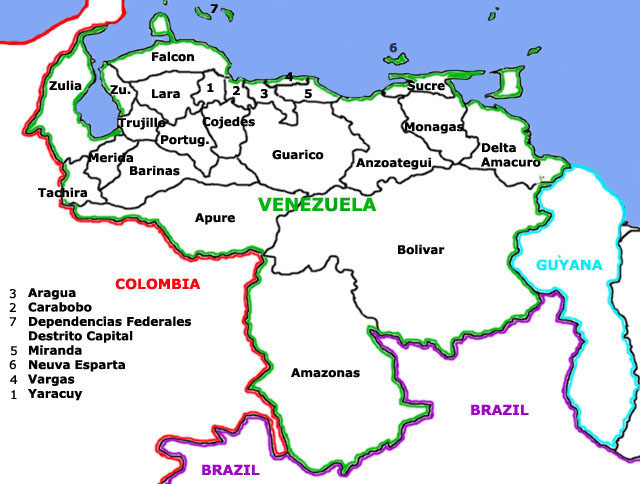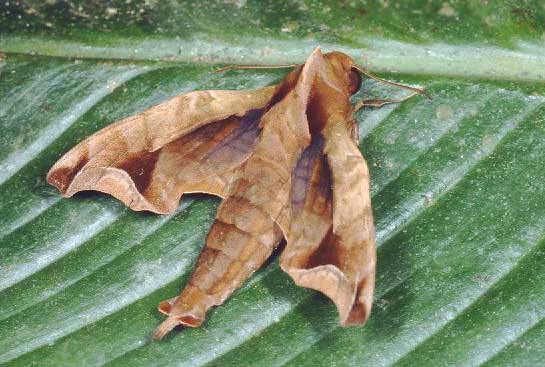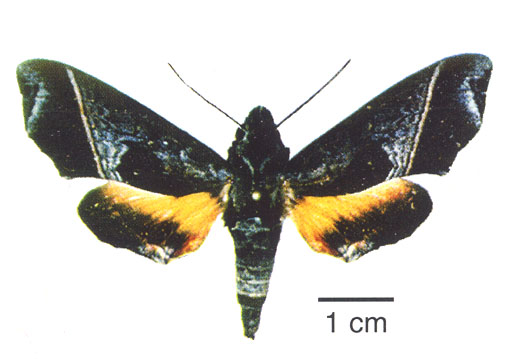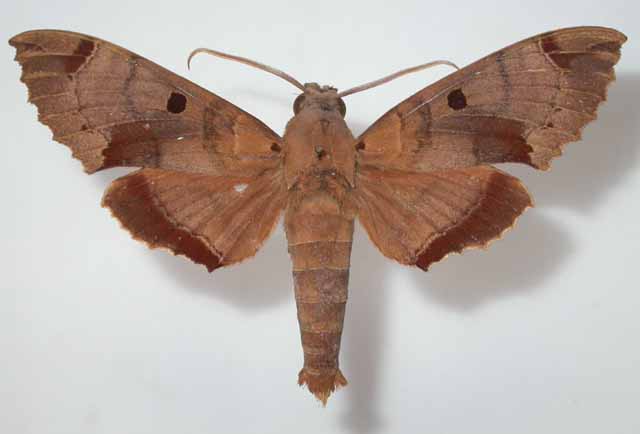Dilophonotini of Venezuela:
Aleuron, Baniwa, Enyo, Kloneus, Pachygonidia, Unzela

All images I receive remain the property of respective photographers and are credited as such. Data such as wingspan, date, elevation, precise location, etc., is credited to persons who submit same.
I have arranged the images in accordance with my perception of wing characters: predominent markings, shape, colour, size.
There are probably some Venezuelan species not listed below, and there are some species not officially confirmed for Venezuela, although I think they have a good chance of being found there.
All images that I use are credited to respective photographers and those images remain the property of the photographers. Data submissions are also acknowledged.
I hope that over the next twenty years the site can be further refined to allow for the creation of state by state checklists for Venezuela.
Many thanks to those who have already submitted photos and information. The CATE Sphingidae site has been extremely helpful regarding descriptions and determinations. If there are mistakes on this site, they are my own. Bill Oehlke.

Females often have a wing shape or pattern that differs from the males. I hope some day to also have a thumbnail checklist for the females.
Aleuron
|

Baniwa yavitensis
Enyo
|

Kloneus babayaga courtesy of Jean Haxaire.
Pachygonidia
|
++++++++
Unzela
|
Visit Sphingini: Manduca
Visit Sphingini: Agrius, Amphimoea, Cocytius, Euryglottis, Lintneria, Sphinx
Visit Smerinthini: Adhemarius and Protambulyx
You are here: Dilophonotini: Aleuron, Baniwa, Enyo, Kloneus, Pachygonidia and Unzela
Visit Dilophonotini: Aellopos, Eupyrrhoglossum, Nyceryx, Perigonia and Stolidoptera
Visit Dilophonotini: Callionima, Erinnyis, Hemeroplanes, Isognathus, Madoryx, Oryba, Pachylia, Pachylioides, Phryxus
and Pseudosphinx
Visit Philampelini: Eumorpha
Visit Macroglossini: Hyles and Xylophanes
Use your browser "Back" button to return to the previous page.
This page is brought to you by Bill Oehlke and the WLSS. Pages are on space rented from Bizland. If you would like to become a "Patron of the Sphingidae Site", contact Bill.
Please send sightings/images to Bill. I will do my best to respond to requests for identification help.
 Show appreciation for this site by clicking on flashing butterfly to the left. The link will take you to a page with links to many insect sites. |